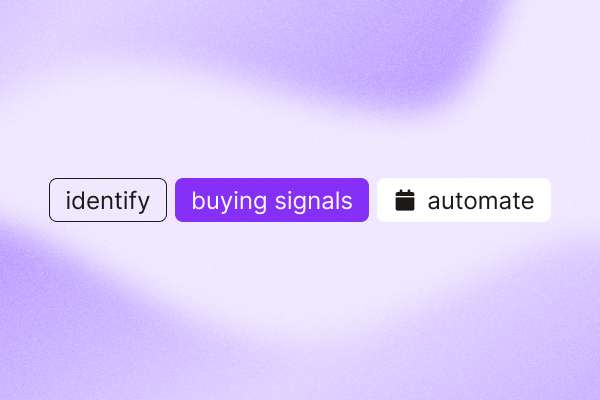Spotting buying signals can give you a clear edge in your sales and lead-generation efforts.
These signals—big or small—show you when a prospect is ready to engage or move closer to a purchase.
In this guide, we’ll walk you through the key types of buying signals, how to identify them, and what to do once you spot them to turn interest into action.
AI highlights
- Buying signals are actions or behaviors that show a potential customer’s interest, from obvious moves like requesting a demo to subtle ones like revisiting your website.
- Tracking buying signals helps sales reps identify warm leads, qualify prospects, personalize outreach, and time follow-ups to shorten the sales cycle and close deals faster.
- Buying signals fall into four categories:
- Fit data: How well a prospect aligns with your ICP.
- Opportunity data: Key changes or events like funding rounds.
- Intent data: Active research or content engagement.
- Verbal/nonverbal signals: Clues from interactions, like questions about pricing or positive body language.
- Marketing teams can identify strong buying signals by tracking actions such as attending industry events, downloading gated content, engaging with competitor’s content, joining social media groups, or visiting high-intent website pages.
- Sales teams can spot strong buying signals in actions like job changes, product review activity, form submissions, free trial usage, pricing inquiries, and positive responses to outreach.
- PhantomBuster makes acting on buying signals easy by automating tasks like tracking job changes, capturing LinkedIn activity, and even outreach so you can follow up with the right message at the right time.
What are buying signals?
Buying signals are actions or behaviors that show a potential customer’s interest in your product or service.
They can be obvious—like asking for a demo—or more subtle, such as revisiting your website, opening your emails, or interacting with your social media posts.
Tracking buying signals helps reps improve the sales process and stay on top of opportunities.
How do buying signals improve the sales process?
Buying signals help sales and marketing teams focus on what matters most:
- Finding high-potential leads: Identify and qualify prospects ready to move forward.
- Personalizing outreach: Use their actions to send messages that resonate.
- Timing your follow-ups: Reach out with your sales cadence when interest is highest.
- Saving time and increasing productivity: Focus on warm leads instead of guessing who’s interested.
- Shortening the sales cycle: Act on signals to move deals along faster.
By tracking buying signals, you can improve your sales funnel, focus on the right leads, and close more deals.
![]()
Main types of buying signals to look for
Knowing how to identify buying signals is key to spotting prospects ready to engage or purchase.
The most common buying signals fall into four main categories. Let’s break them down.
Fit data
Fit signals tell you how well a prospect aligns with your ICP.
This includes:
- Demographics: Company size, location, revenue, and job titles.
- Firmographics: Industry, growth rate, and team structure.
- Technographics: Technology tools and platforms in use.
💡 Example: A SaaS company targeting mid-sized tech firms might focus on prospects using complementary tools like HubSpot or Salesforce.
Opportunity data
Opportunity signals highlight changes or events that create openings to connect with prospects. These include:
- Company events: Mergers, acquisitions, or product launches.
- Leadership or job changes: New decision-makers or promotions.
- Industry trends: Emerging market shifts or demand spikes.
- Funding rounds: Series A, B, or C funding.
💡 Example: A company securing Series B funding probably needs scalable tools or new solutions to support growth.
Intent data
Intent signals show prospects actively researching solutions like yours. Look for:
- Search behavior: Topics or keywords indicating interest.
- Content engagement: Blog and tutorial views, webinar attendance, or whitepaper downloads.
- Social activity: Discussions, posts, likes, or clicks on relevant social media pages.
- Website activity: Visits to specific product or pricing pages.
💡 Example: Prospects downloading a case study or viewing pricing pages might be close to deciding.
Verbal and non-verbal buying signals
These are direct and indirect clues during interactions that reveal interest:
- Verbal signals: Asking about pricing, features, or next steps during calls.
- Nonverbal signals: Positive body language like nodding, eye contact, or leaning in.
💡 Example: A prospect asking about contract terms or sharing a pain point signals strong buying interest.
Identifying common buying signals for marketing teams
Buying signals help marketing teams identify prospects who are most likely to convert.
Here’s how to spot and act on these signals effectively.
Participating in industry-related events
Attending events—whether in-person or virtual—shows a prospect is actively seeking solutions, staying updated, or networking.
These prospects are more likely to engage in a conversation as they’re already invested in the topic.
How to implement
We recommend using tools like the LinkedIn Event Guests Export to capture a list of attendees from relevant LinkedIn events. This gives you a starting point for outreach, with immediate context, so that you can personalize your message.
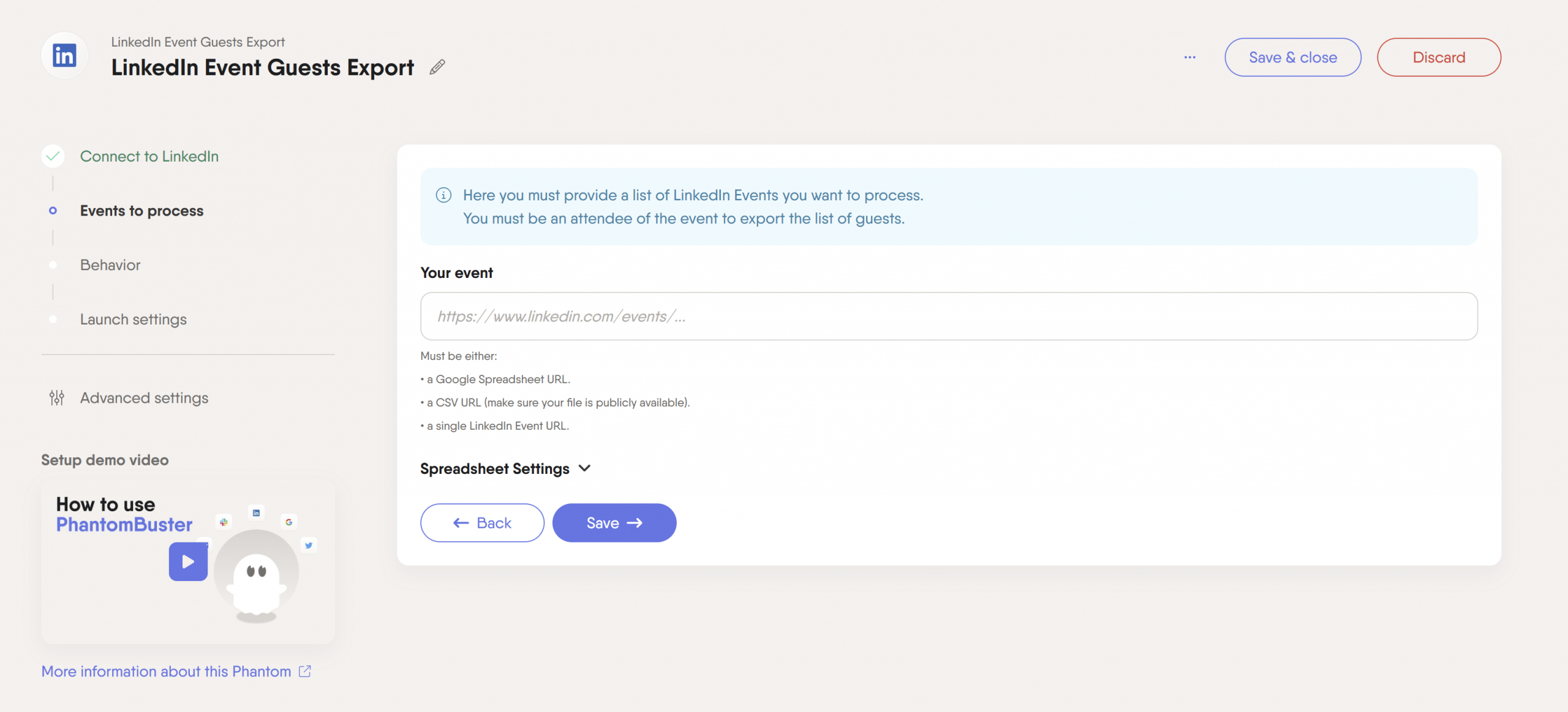
For example, if someone attended an industry webinar on sales automation, your message could reference the event and ask if they’d be up for a chat:
I saw you joined the [Event Name] webinar on sales automation. I’m always looking to connect with others who are passionate about [Topic/Industry].
Would love to discuss some insights from the event. Let me know!
Downloading gated content
Prospects downloading gated content like eBooks, whitepapers, or case studies reveal their interest in a specific problem or solution.
This is a very strong buying signal because they’re actively seeking information that aligns with your expertise.
How to implement
To create a conversion path for gated content, start with a landing page that collects basic details like name and email.
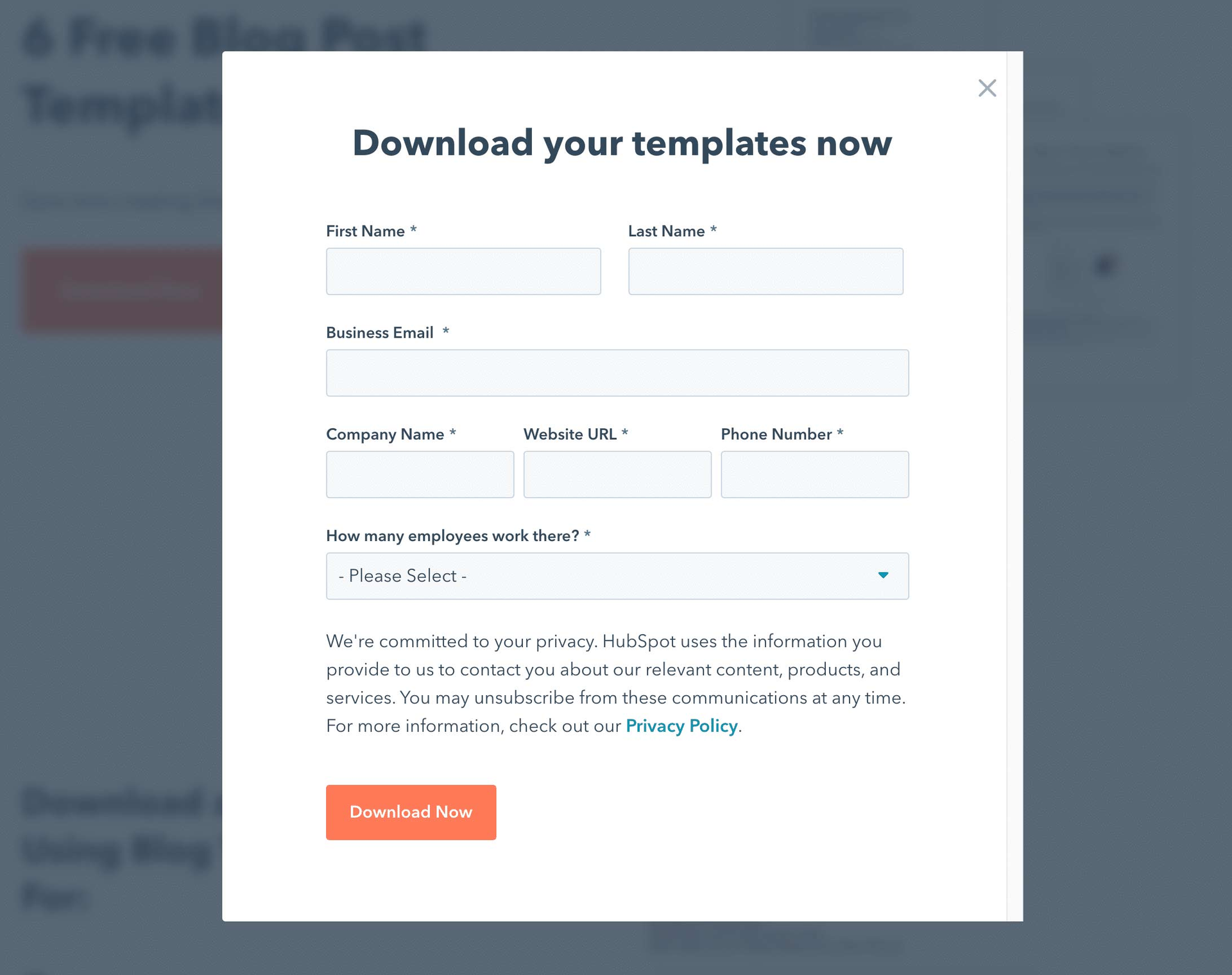
After submission, direct users to a “Thank you” page to access the content. Promote the landing page through CTAs in blogs, social posts, or emails.
For example, offer an eBook with a clear CTA, then follow up with an email to share more resources or suggest next steps:
I saw you downloaded our outreach guide. Are you looking to save time on follow-ups? I’d love to share some quick wins!
Tools like HubSpot or Marketo make building and optimizing this flow straightforward.
When someone downloads your content, these tools trigger automated follow-ups to keep the conversation going.
Engaging with competitors’ or industry leaders’ content
When prospects engage with posts from competitors or industry leaders, they signal interest in similar topics or solutions.
This makes them valuable leads to connect with.
How to implement
Start tracking posts from relevant industry leaders or competitors that generate a lot of comments or likes.
Then, use tools like the LinkedIn Post Commenter and Liker Scraper to automatically pull lists of people who interacted with the post.
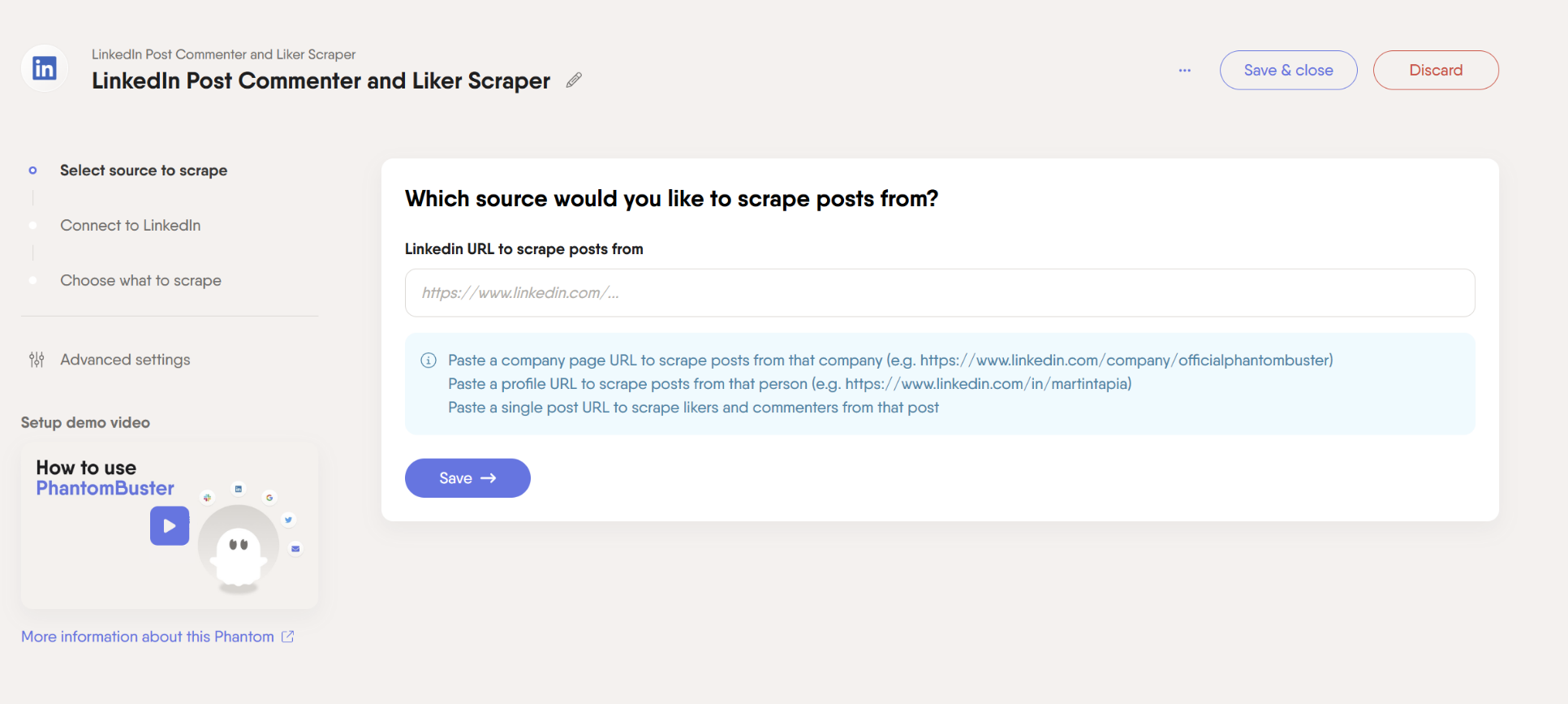
Once you’ve built your prospecting list, focus your outreach on the topic they engaged with. For instance, if a post is about sales automation, offer insights or solutions that align with that interest:
I noticed your comment on [Topic/Post Title] and thought you might find this resource helpful: [Insert Link].
If you’d like to dive deeper, I’d be happy to share more insights or chat about how [Your Product/Service] can support your goals!
Being part of specific social media groups
Social media groups—especially on LinkedIn—are full of potential leads.
Members often discuss challenges, share ideas, and look for solutions, which creates clear buying signals.
How to implement
Find LinkedIn groups relevant to your target audience or industry.
Then, use tools like the LinkedIn Group Members Export to easily pull member lists and identify potential leads.
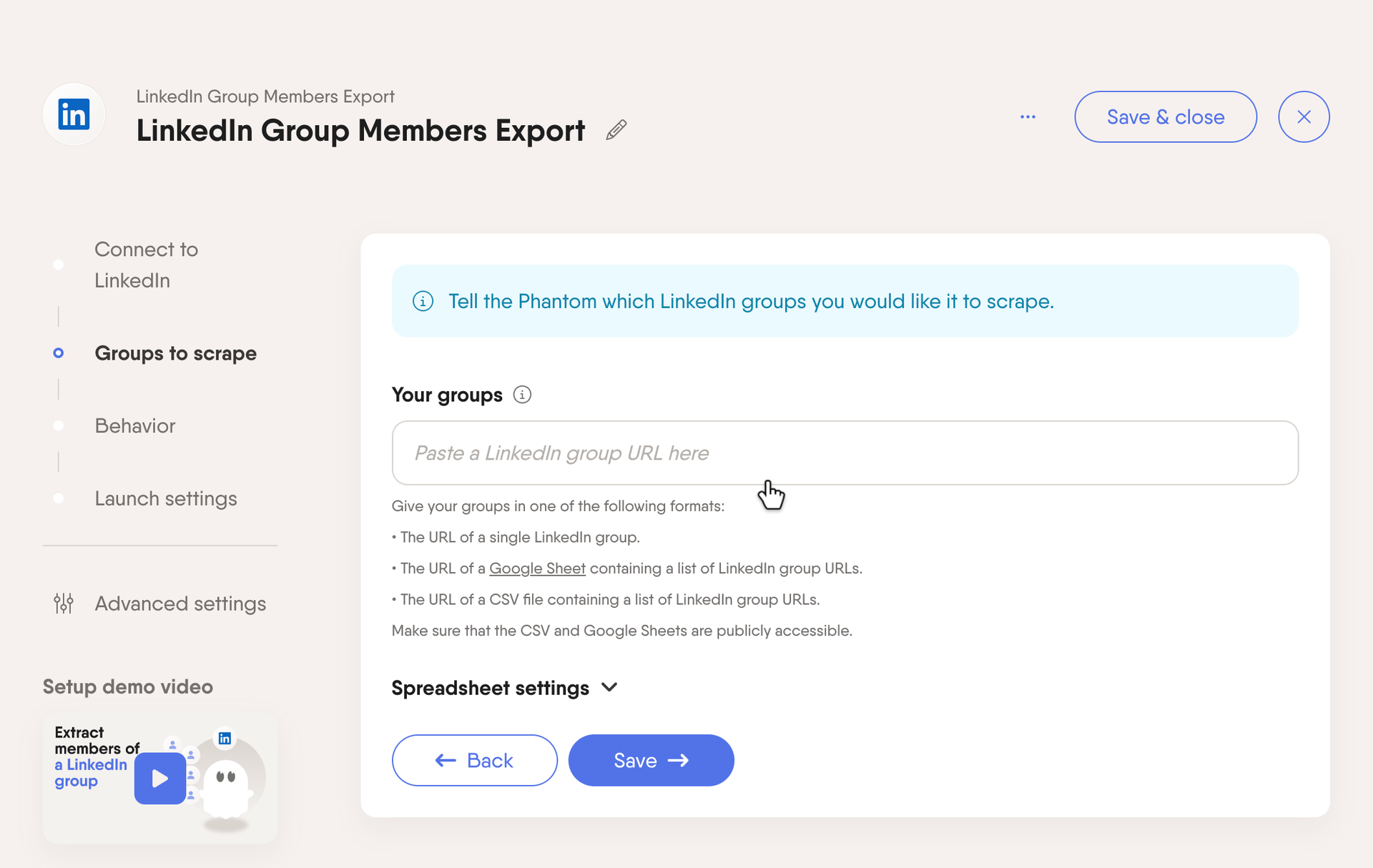
From there, focus on providing value. Reach out to members with helpful resources, actionable tips, or content that addresses the topics they care about:
I saw your post in [Group Name] about [Topic].
Here’s a resource I think you’ll find useful: [Insert Link].
Let me know if you’d like to explore this further or discuss how we can help with [Specific Challenge].
Being relevant is key here—show you understand their challenges and can help.
Interacting with high-intent pages on your website
Visitors on pages like pricing, demos, or case studies show strong intent. They’re not just browsing—they’re considering the next steps.
How to implement
Use tools like Google Analytics or HubSpot to monitor activity on high-intent pages. For example, someone checking out your pricing page is likely evaluating options.
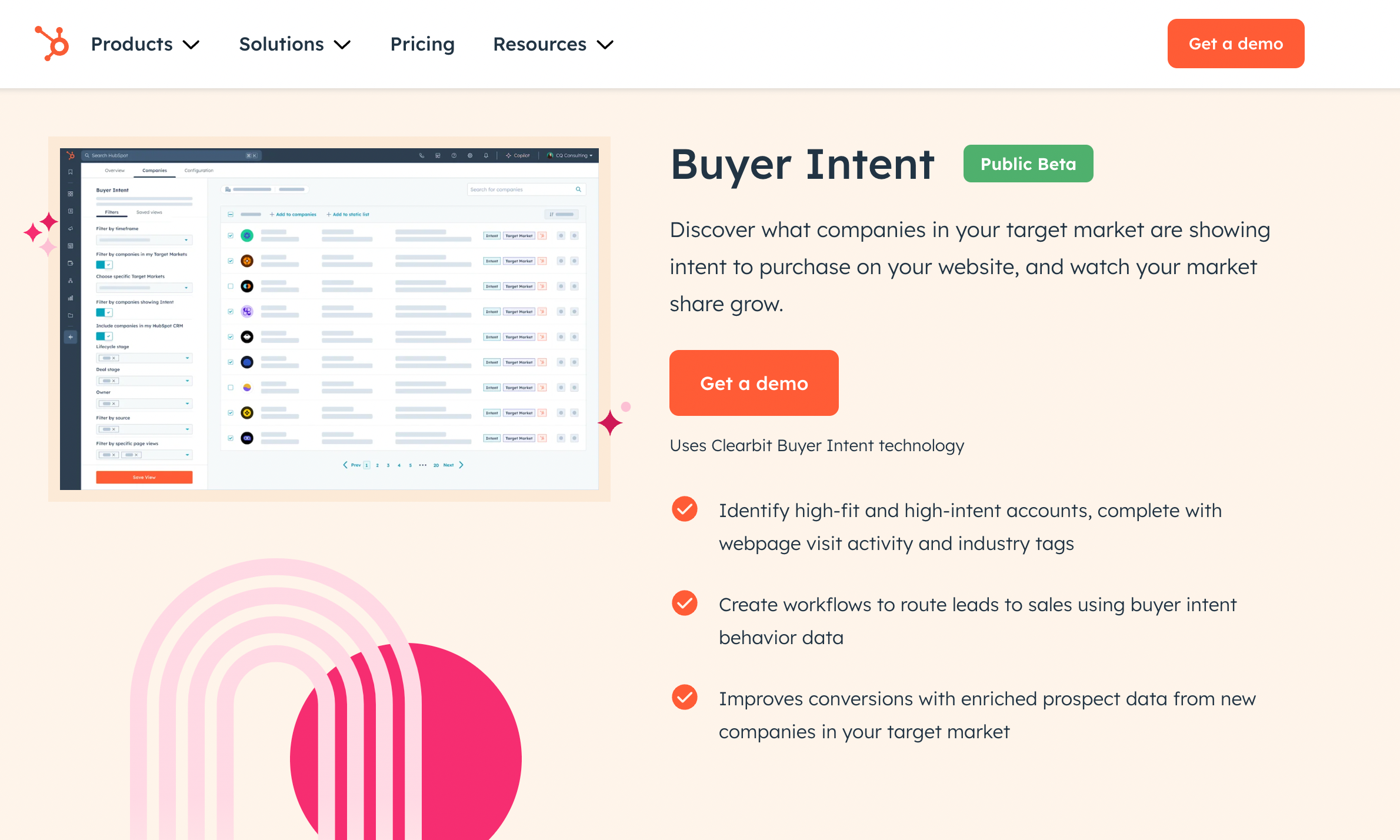
From there, follow up with targeted outreach, like offering a quick demo or answering any questions about your solution:
I noticed you checked out our pricing page. Happy to answer any questions or set up a quick demo. Let me know!
The faster and more tailored your response, the better your chance of turning their interest into action.
Identifying common buying signals for sales teams
Recognizing buying signals can give your sales team a clear edge.
Whether prospects download content, sign up for a trial, or ask about pricing, these actions show real interest.
Changing jobs
When decision-makers move to a new company, they often bring new priorities, budgets, or challenges.
This makes it a perfect time to reintroduce your solution, as they may now have the influence—or need—to act.
How to implement
We recommend using tools like the HubSpot Contact Career Tracker to monitor your existing contacts for job changes.
It monitors your HubSpot contacts and lets you know when people change companies, so you’re always in the loop.
![]()
When a key contact moves to a new role, reach out to congratulate them and offer tailored solutions that align with their new responsibilities.
For instance, if someone transitions to a leadership role, focus on how your product can help them hit early targets or solve common onboarding challenges:
Congrats on your new role at [Company Name]!
I’d love to discuss how [Your Product/Service] can help you hit the ground running and achieve [Specific Goals].
Let me know if you’d like to connect!
Checking out your product on review sites
When prospects research your product on review sites, they’re actively considering their options.
This strong intent signal can help you identify buyers further down your sales pipeline.
How to implement
Keep an eye on platforms like G2, Capterra, Trustpilot, or Reddit, where prospects evaluate solutions.
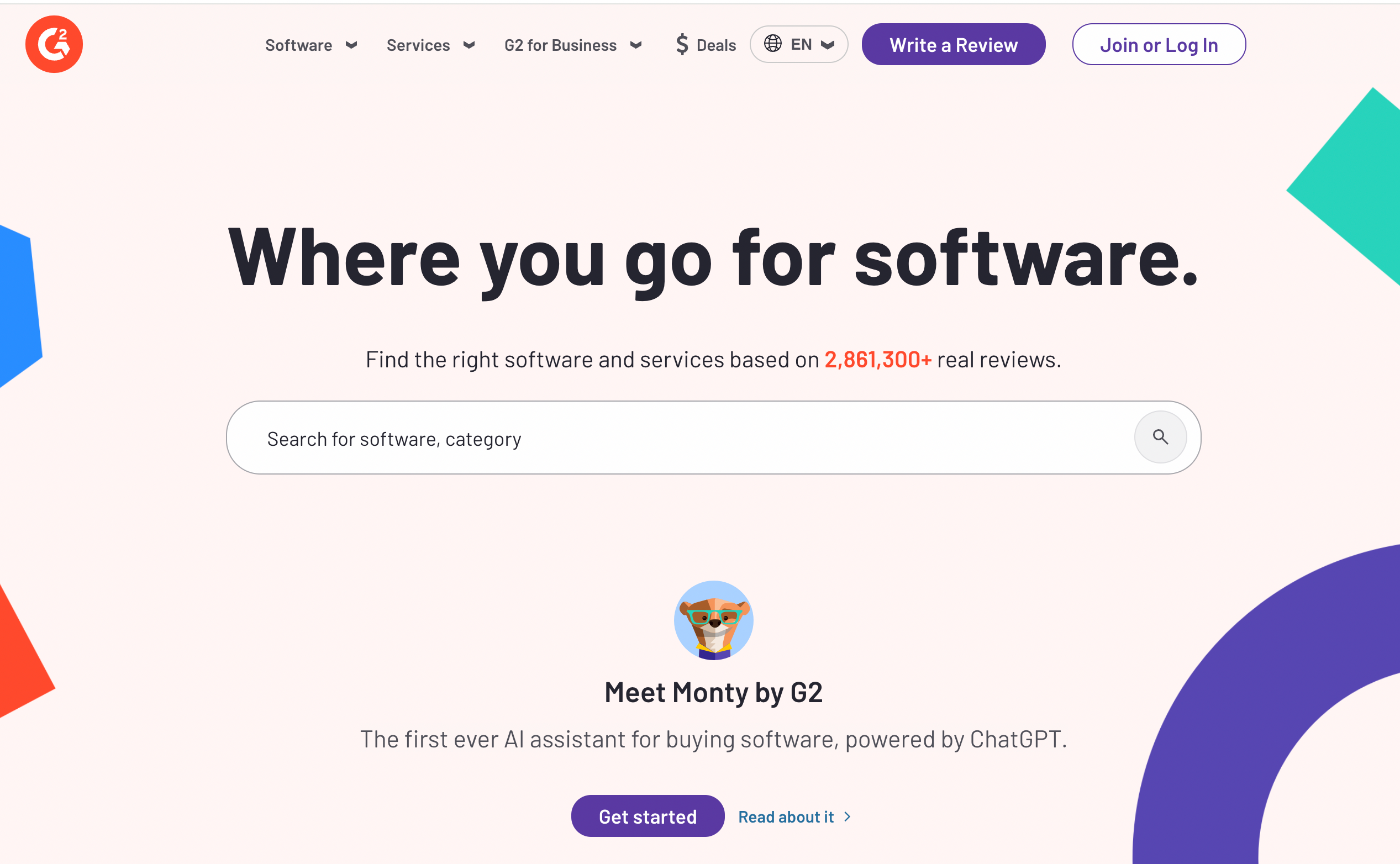
Look for signals like new reviews, product comparisons, or search trends.
If you notice someone showing interest, follow up with helpful resources, customer success stories, or a quick demo to show how your solution stands out:
I noticed you’re exploring [Your Product/Service] on [Review Platform Name].
Let me know if you’d like a quick demo or a case study to see how we can help with [Specific Challenge/Goal].
Looking forward to connecting!
Responding quickly and providing value can turn curiosity into a valuable conversion.
Filling out a form on your website
When someone fills out a form on your website—whether for a demo, newsletter, or downloadable content like use cases—they’re showing clear intent to engage with your business somehow.
Forms also give you key details like their name, role, and company, which you can use to segment your leads and tailor your follow-up.
The faster you respond, the better your chances of keeping their interest and moving them closer to a decision.
How to implement
Keep your forms short and focused on the essentials—name, email, company, and job title. Tools like HubSpot or Typeform help you collect and connect this data to your CRM.
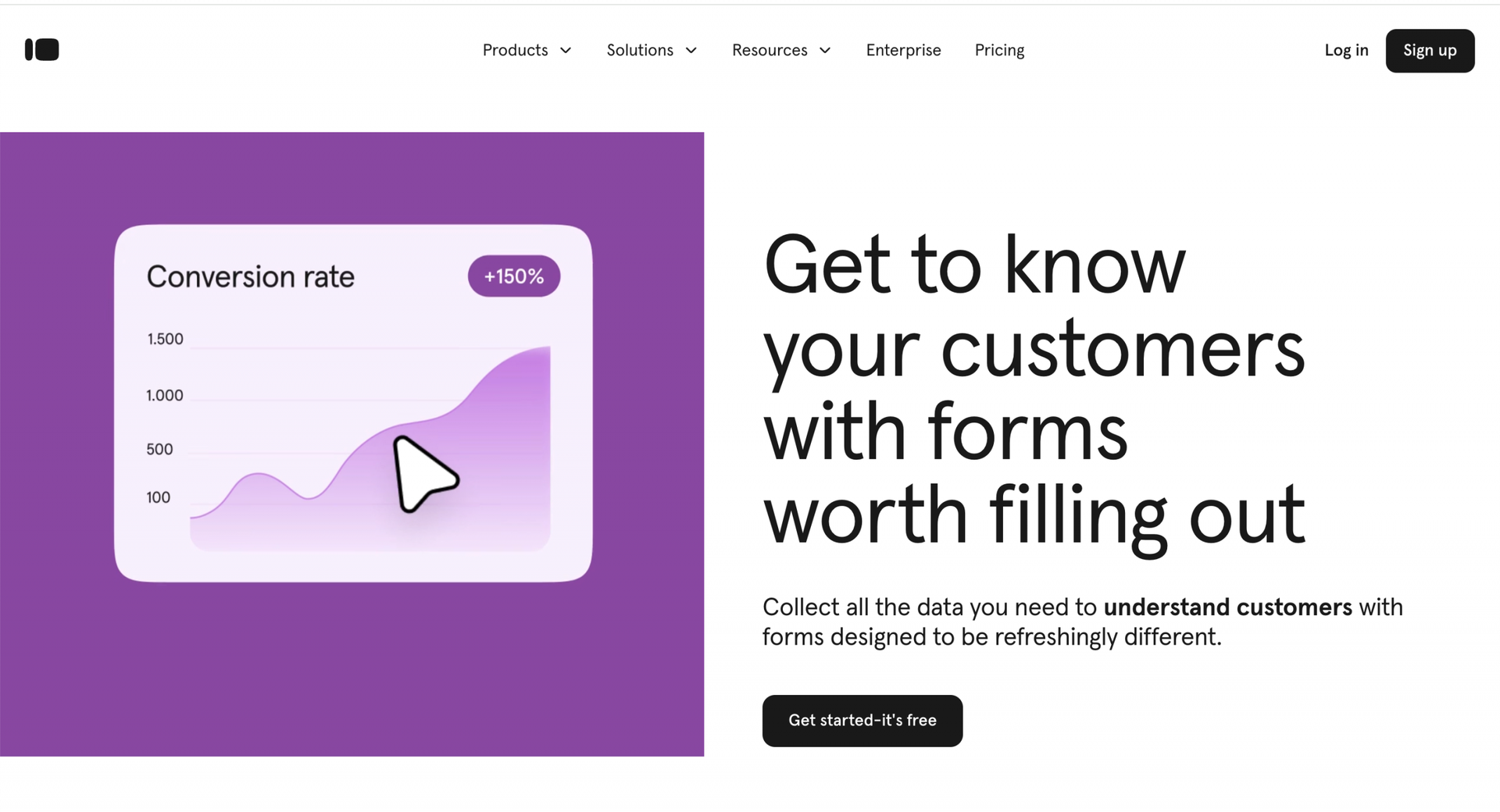
For example, if someone requests a demo, send an automated LinkedIn message or email with a calendar link to book a call right away:
Thanks for requesting a demo! You can book a quick call with me here: [Insert Calendar Link].
Looking forward to showing you how [Product/Service] can help!
Signing up for a free trial
A free trial is one of the strongest buying signals out there.
It means someone is actively testing your product and considering it a solution.
How to implement
Track how users interact with the product during their trial. Tools like Mixpanel or Amplitude let you see which features they use the most.
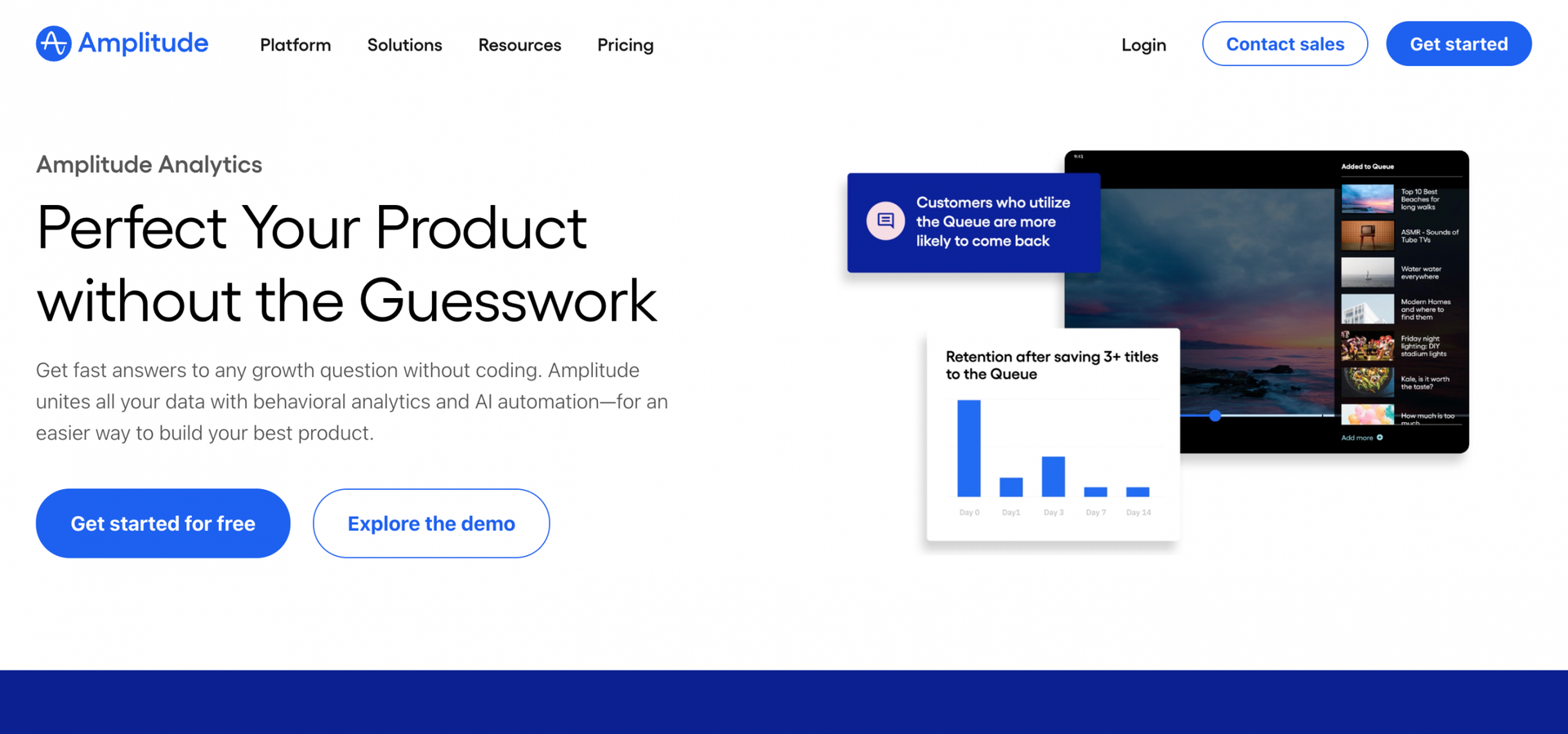
If you notice someone exploring premium features, follow up with an email offering support, an extended trial, or a relevant case study to move them closer to a decision:
I noticed you’ve been exploring [Feature]. Would you like to extend your trial or see a case study on how it helps other teams like yours?
Let me know how I can support you!
Asking about pricing
Asking about pricing is a strong purchase intent signal. At this stage, they’re likely weighing their options and ready to move forward.
How to implement
Respond quickly and clearly. Share pricing information and highlight how your product solves their specific pain points.
For instance, if they’re focused on scaling, emphasize ROI and features that support growth:
Thanks for reaching out! Our [Product/Service] is priced at [Range].
If you’re scaling, you might find [Feature A] and [Feature B] especially useful—they’re built to help teams like yours grow seamlessly.
Would you like to see a quick demo or hear how [Successful Customer] achieved [Specific Result] with us?
Live chat tools like Intercom or Drift are great for answering pricing questions in real-time.
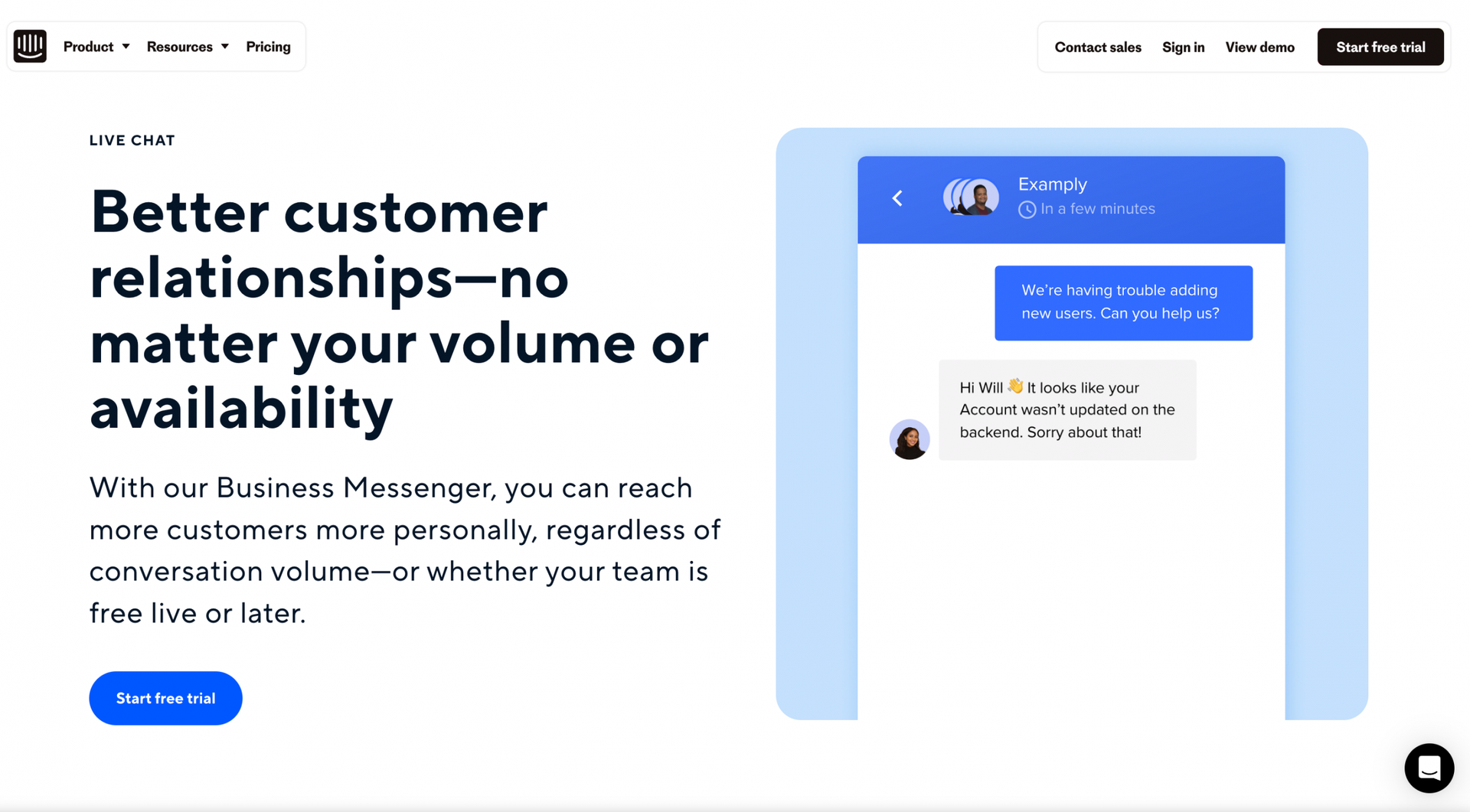
Responding positively to cold outreach or sales pitch
When someone responds positively to a sales call or email, it’s a strong sign they’re open to learning more and exploring solutions.
How to implement
Track key metrics like reply rates, follow-up engagement, and conversion from outreach to booked meetings.
Tools like Salesforce, HubSpot, or Outreach can help you monitor responses and manage follow-ups.
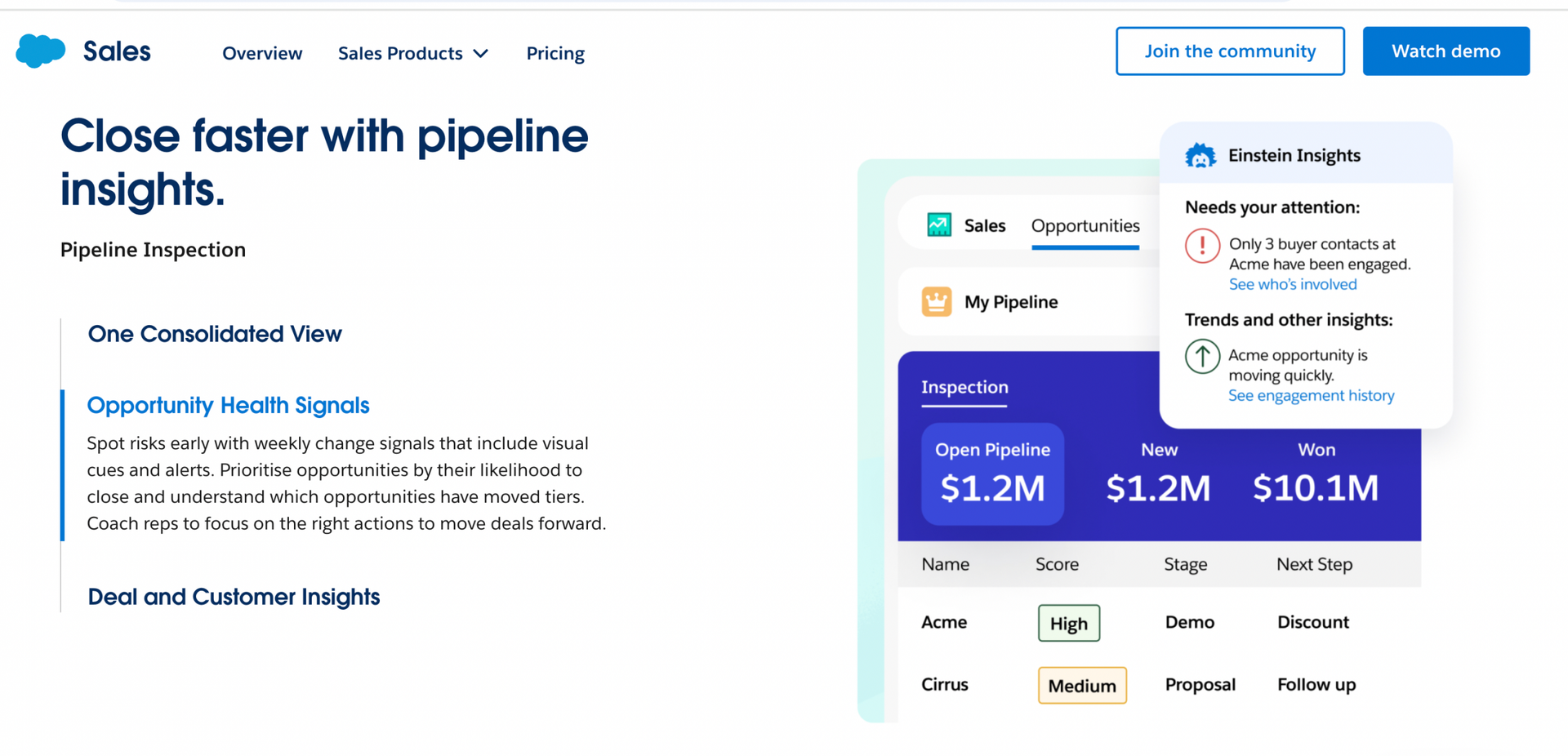
For instance, if a prospect replies with interest, automate your sales cadence to send relevant content, schedule a call, or provide additional details they might need.
The key is to keep the momentum going while their interest is fresh.
Conclusion
Recognizing and acting on customer buying signals helps marketing and sales teams reach the right prospects at the right time, leading to better conversations and faster deals.
If you’re ready to streamline this process, start a free 14-day PhantomBuster trial to automate finding and acting on these signals.
